Ex Libris
Ex Libris is a woodcut print by Michel Fingesten, in 1938.
Collect a very beautiful artwork of 20th century and discover more on Wallector.com!
Ex Libris is a woodcut print by Michel Fingesten, in 1938.
Hand signed , included a white cardboard passpartout (30x24 cm).
In excellent conditions: As good as new.
Michel Fingesten (1884 - 1943) was a Czech painter and engraver of Jewish origin. He is considered one of the greatest Ex Libris artists in history. From an Austrian weaver father and a Jewish mother from Trieste. At 16 he studied at the Vienna Academy, together with Oskar Kokoschka. From 1902 to 1906 he wandered around America, and then Australia, before arriving in Palermo in 1907. He went up the peninsula via Trieste and returning to Germany, first settling in Munich in Franz von Stuck's studio, practicing caricature and small format graphics and then in Berlin.
In 1913 he began to record. He returned to Italy in 1935 to visit his maternal relatives from Trieste and remained there because of the racial persecutions to which the Jews in Silesia were subject, settling in Milan. In this period he recorded about 500 exlibris. On 9 October 1940 he was arrested and interned as a foreigner in the camp of Civitella del Tronto and then of Ferramonti, (Cosenza) from November 1941 and will be accused by the Nazis of having painted degenerate art ("Entartete Kunst").
He died on 8 October 1943, after the allies' liberation from the prison camp, due to an infection following a surgical operation carried out at Palazzo Sersale di Cerisano, at that time used as a hospital. His remains rest in the cemetery of the small town of Cosenza's greenhouses. Before this date he executed his last artistic work in Bisignano (Cs), creating a painting on wood depicting the martyrdom of San Bartolomeo, which is still preserved in the homonymous church.
Michel Fingesten, after his liberation from the Ferramonti concentration camp, had relations with the parish priest of Bisignano, don Giuseppe Savaglia, who commissioned the work by giving him a small image as a model. The work was done in a few days, about a week. This painting is important not only as it is the last artistic work of Michel Fingesten but above all because it represents a return to the pictorial art that he had completely abandoned, as in the last years of his life he had dedicated himself only to the realization of Ex Libris.
Collect a very beautiful artwork of 20th century and discover more on Wallector.com!





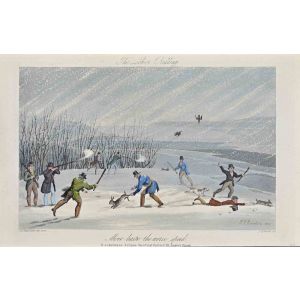








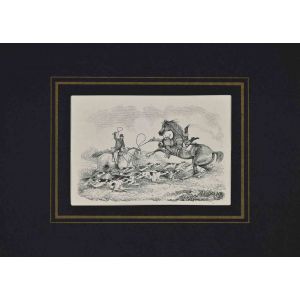

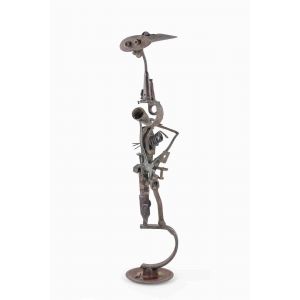
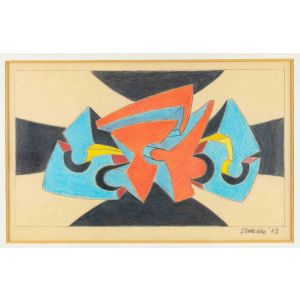




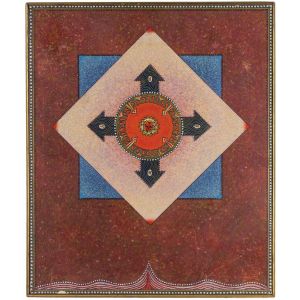





















Validate your login
Sign In
Create New Account